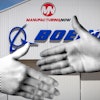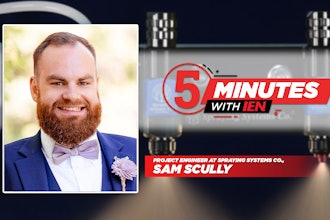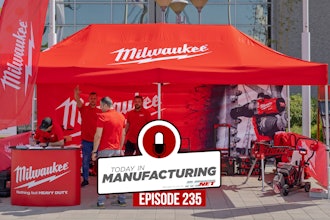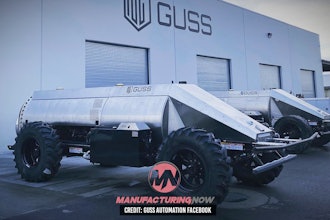It’s been nearly 20 years since the end of the Concorde put supersonic passenger air travel on hold, but startups and industry giants alike are working on ways to not only fly beyond the sound barrier, but potentially much faster — into the realm of hypersonic travel.
The most ambitious efforts in recent years floated the possibility of flying at Mach 4 or 5, up to five times the speed of sound — fast enough to trim the flight from New York to London down to 90 minutes.
But what if you could go even farther in even less time; say, from Los Angeles to Tokyo in 60 minutes?
A Texas company says its technology could enable flights at speeds of 12 times the speed of sound, or some 9,200 miles per hour.
Venus Aerospace earlier this month announced the completion of a $20 million fundraising round toward its ultimate goal: a zero-carbon spaceplane that could cross the globe in an hour.
The aircraft, the Houston Chronicle notes, would behave somewhat like the space shuttle, using rocket engines to climb to an altitude of about 150,000 feet — high enough to view the blackness of space — then glide to its destination thousands of miles away.
The company said it has grown from three employees to 40 over the past year, and has crossed a number of key thresholds, including construction of a test engine, experiments in hypersonic wind tunnels and propulsion test facilities, and the beginning of efforts toward a ground test in Houston.
The latest funding will enable continued development of the aircraft, rocket engine and cooling systems, which the company said will allow its aircraft to take off from infrastructure at current spaceports.
Like other hypersonic flight concepts, however, don’t contact your travel agent anytime soon. Venus’ co-founder and chief technical officer said the project has so far only moved from “impossible” to “hard.”
Aerospace Startup Aims to Cross the Pacific in an Hour
The spaceplane would be able to travel at 12 times the speed of sound.
Apr 20, 2022
Latest in Video






















